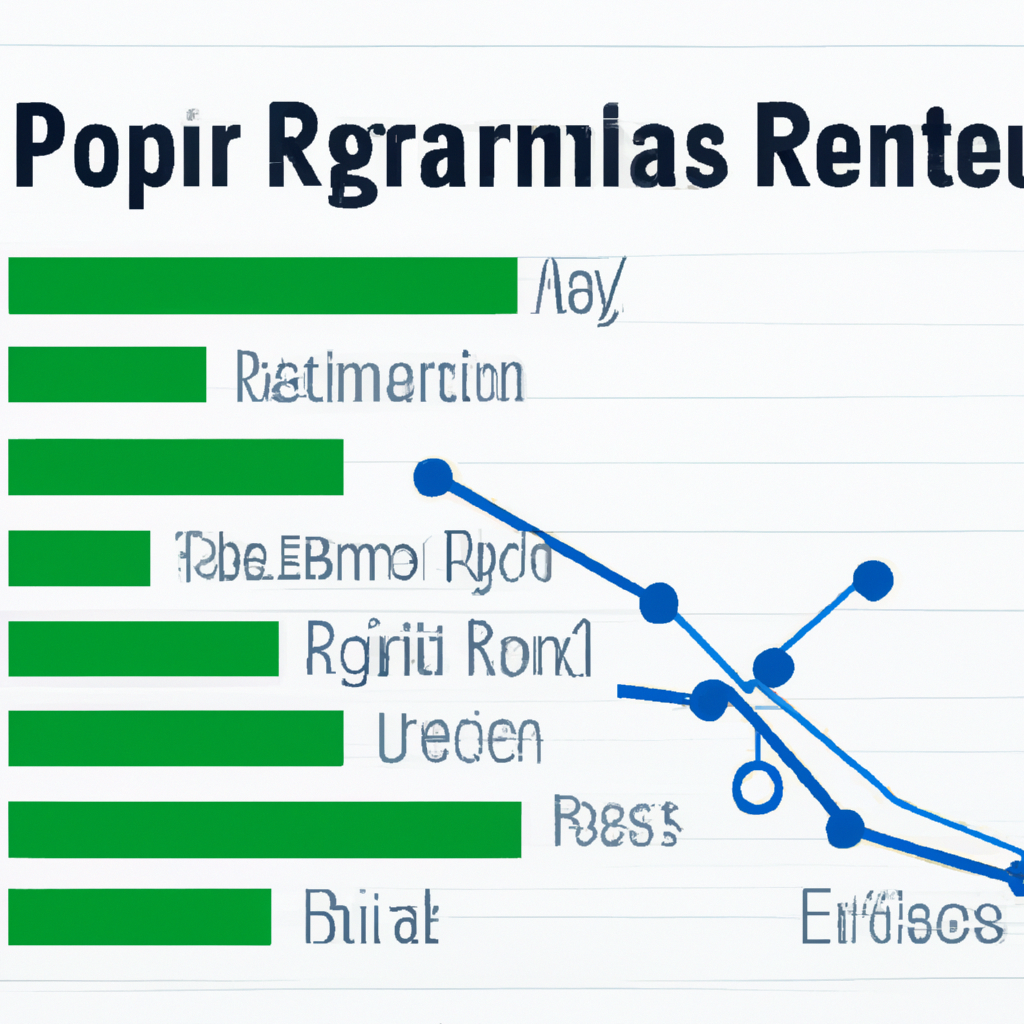Robo-advisors Performance Rankings
Robo-advisors have gained immense popularity in recent years as a convenient and cost-effective way to manage investments. These automated platforms use algorithms and data analysis to create and manage investment portfolios for their clients. With so many options available, it can be overwhelming to choose the right robo-advisor. Performance rankings provide valuable insights into how these platforms have fared in terms of returns and overall investment performance. Let’s dive into the world of robo-advisors and explore their performance rankings.
What are Robo-advisors?
Robo-advisors are online investment platforms that use algorithms to provide automated investment advice and portfolio management. They offer a hassle-free and low-cost alternative to traditional financial advisors. Robo-advisors typically ask clients a series of questions to assess their risk tolerance, investment goals, and time horizon. Based on this information, they create a diversified investment portfolio using a mix of asset classes such as stocks, bonds, and ETFs.
Why are Performance Rankings Important?
Performance rankings play a crucial role in evaluating the effectiveness of robo-advisors. They provide investors with a clear picture of how these platforms have performed in the past. While past performance does not guarantee future results, it can give investors an idea of the robo-advisor’s track record and potential for generating returns. Performance rankings also help investors compare different robo-advisors and make an informed decision about which platform aligns with their investment goals and risk tolerance.
Factors to Consider in Performance Rankings
When looking at performance rankings of robo-advisors, it’s essential to consider various factors that contribute to their overall performance. Here are some key factors to keep in mind:
- Investment Returns: The primary factor to consider is the investment returns generated by the robo-advisor. It’s crucial to analyze both short-term and long-term performance to get a comprehensive view of how the platform has performed across different market conditions.
- Asset Allocation Strategy: The robo-advisor’s asset allocation strategy plays a significant role in determining its performance. A well-diversified portfolio that aligns with the investor’s risk profile can contribute to better returns and reduced volatility.
- Fee Structure: Fees can significantly impact investment returns. It’s important to consider the robo-advisor’s fee structure and compare it with other platforms. Lower fees can enhance overall returns.
- Rebalancing and Tax Optimization: Regular portfolio rebalancing and tax optimization strategies can enhance returns and minimize tax liabilities. A robo-advisor that incorporates these features can provide added value to investors.
Common Performance Ranking Metrics
Performance rankings are often based on specific metrics that evaluate the robo-advisor’s performance. Here are some common metrics used in performance rankings:
- Annualized Returns: This metric calculates the average annual return generated by the robo-advisor over a specific period, such as one, three, or five years.
- Sharpe Ratio: The Sharpe Ratio measures the risk-adjusted return of an investment. It considers the excess return generated by the robo-advisor compared to a risk-free investment, relative to the volatility of the portfolio.
- Expense Ratio: The expense ratio represents the percentage of assets under management charged as fees by the robo-advisor. Lower expense ratios are generally more favorable for investors.
- Portfolio Turnover: Portfolio turnover measures the frequency at which the robo-advisor buys and sells securities within the portfolio. Lower turnover indicates a more tax-efficient strategy.
Where to Find Performance Rankings?
There are several sources where investors can find performance rankings of robo-advisors. Financial publications and websites often publish annual rankings based on their analysis and evaluation of different platforms. These rankings consider various factors such as investment returns, fees, and features offered by robo-advisors. It’s important to review multiple sources and consider their methodology before making a decision.
Conclusion
Performance rankings provide valuable insights into the performance of robo-advisors. They help investors assess the investment returns, risk-adjusted performance, and other important factors that contribute to the overall effectiveness of these platforms. When considering performance rankings, it’s essential to evaluate various metrics and factors, including investment returns, asset allocation strategy, fees, and rebalancing techniques. By carefully analyzing performance rankings, investors can make informed decisions and choose a robo-advisor that aligns with their investment goals and risk tolerance.
